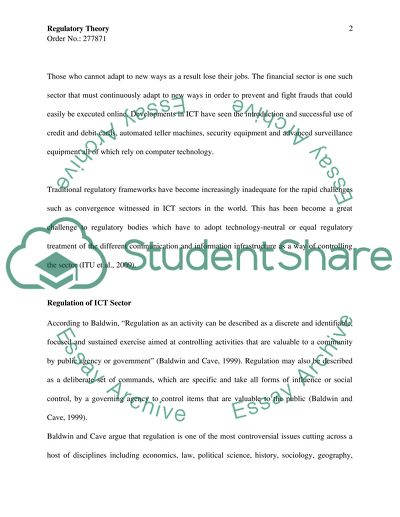Cite this document
(“Information and Communication Technology Research Paper”, n.d.)
Information and Communication Technology Research Paper. Retrieved from https://studentshare.org/information-technology/1527451-information-and-communication-technology-master-essay
Information and Communication Technology Research Paper. Retrieved from https://studentshare.org/information-technology/1527451-information-and-communication-technology-master-essay
(Information and Communication Technology Research Paper)
Information and Communication Technology Research Paper. https://studentshare.org/information-technology/1527451-information-and-communication-technology-master-essay.
Information and Communication Technology Research Paper. https://studentshare.org/information-technology/1527451-information-and-communication-technology-master-essay.
“Information and Communication Technology Research Paper”, n.d. https://studentshare.org/information-technology/1527451-information-and-communication-technology-master-essay.


